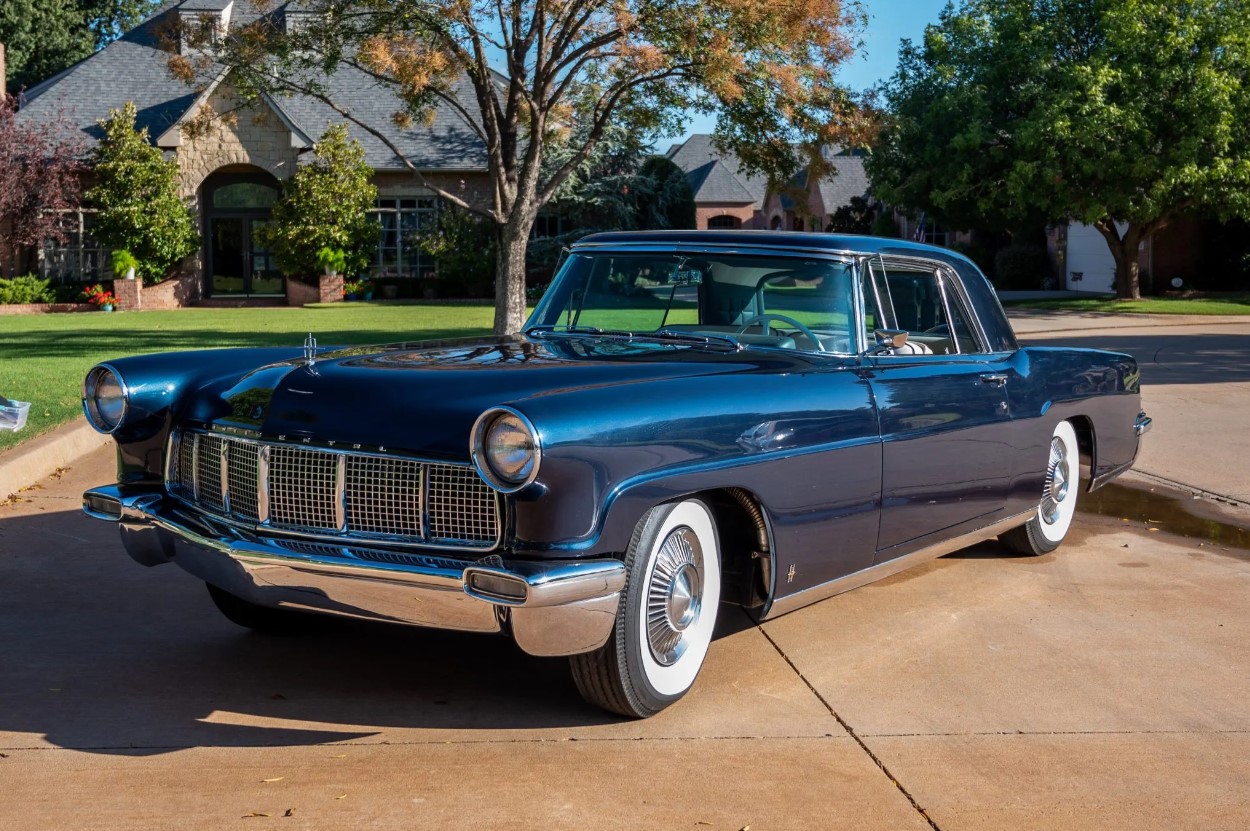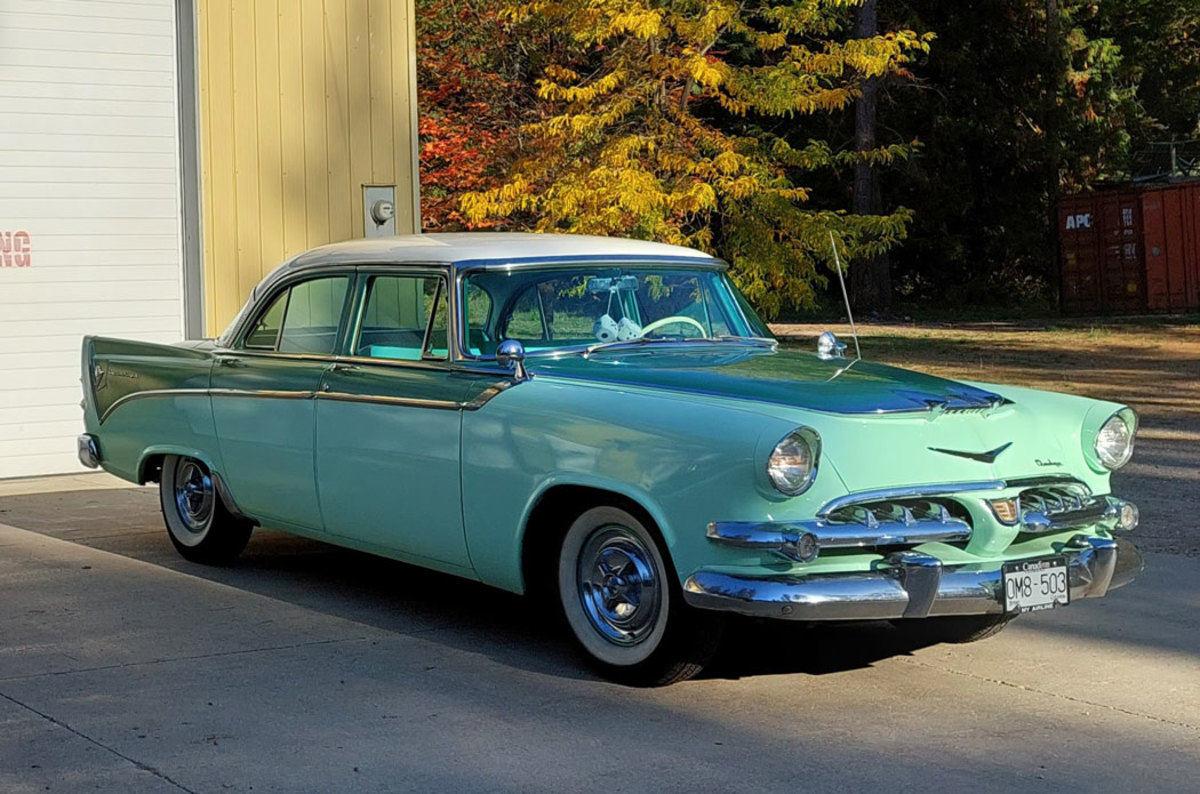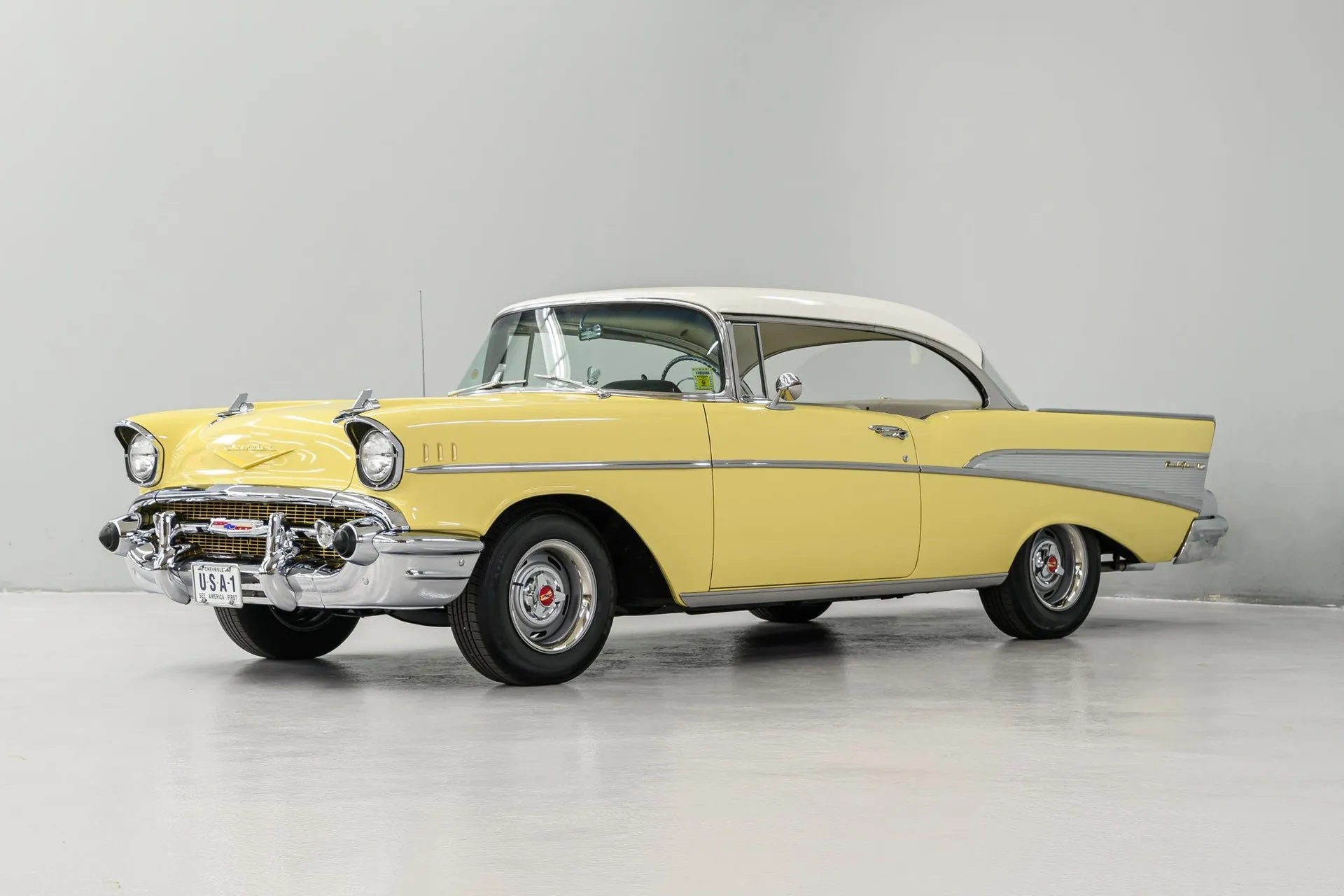In the annals of automotive history, few names command as much reverence and admiration as the Dodge Challenger. Revered for its muscular design and exhilarating performance, the Challenger has etched itself into the hearts of car enthusiasts since its inception. While the early models of the Challenger, particularly those from the late '60s and early '70s, often steal the spotlight, the 1974 Dodge Challenger remains a fascinating chapter in the car's storied lineage.
Body Color: Cherry Red Metallic
Engine Size: 318ci (5.2L) V8
Transmission Type: Three-speed TorqueFlite Automatic Transmission

The Birth of a Legend

Introduced in the midst of the American muscle car era, the Dodge Challenger made its debut in 1970, aiming to compete with the likes of the Ford Mustang and Chevrolet Camaro. With its striking appearance and formidable performance options, it quickly became a favorite among performance car enthusiasts. However, as the 1970s progressed, changing consumer preferences and tightening emissions regulations posed significant challenges for muscle cars like the Challenger.
A Shift in Focus

By 1974, the automotive landscape had undergone a significant transformation. The oil crisis of 1973 had sent shockwaves through the industry, leading to a newfound emphasis on fuel efficiency and emissions compliance. As a result, automakers were forced to adapt, and the era of the muscle car began to wane. The 1974 Dodge Challenger, therefore, represented a shift in focus for Dodge, balancing performance with the demands of the times.
Design and Features

Despite the changing priorities, the 1974 Challenger retained much of its iconic design cues. The long hood, short deck, and muscular proportions remained intact, ensuring that it still exuded the raw power and aggression that enthusiasts had come to expect. Available in coupe and convertible variants, the Challenger offered a range of trim levels and options to cater to diverse tastes and preferences.

Inside, the cabin boasted a blend of comfort and functionality. Plush seating, ample legroom, and intuitive controls ensured a pleasant driving experience, while optional features such as air conditioning and upgraded audio systems added a touch of luxury.
Performance and Powertrain

While the performance figures of the 1974 Challenger may not have matched those of its predecessors, it still offered respectable power and handling. Under the hood, buyers could choose from a range of engine options, including V6 and V8 configurations. The base engine was a 225 cubic inch Slant-6, while higher trim levels offered more potent V8s, such as the 318 cubic inch or the 360 cubic inch powerplants.

Though horsepower figures were down compared to earlier models, Dodge engineers worked to optimize performance within the constraints of the era. Improved suspension tuning and refined chassis dynamics ensured that the Challenger still delivered an engaging driving experience, even if it couldn't match the outright speed of its predecessors.
Legacy and Impact

While the 1974 Dodge Challenger may not have enjoyed the same level of acclaim as its predecessors, it nevertheless played a crucial role in preserving the legacy of the Challenger nameplate. As one of the last models produced before the Challenger went on hiatus in 1975, it served as a bridge between the golden age of American muscle cars and the evolving automotive landscape of the late '70s and beyond.
Conclusion

In the ever-evolving world of automotive design and engineering, the 1974 Dodge Challenger stands as a testament to adaptability and resilience. Despite the challenges posed by changing regulations and consumer preferences, it retained the essence of what made the Challenger great while adapting to meet the demands of the times. Today, the 1974 Challenger remains a beloved and cherished classic, a symbol of an era defined by power, passion, and the relentless pursuit of automotive excellence.
Video Gallery
Photo Gallery




























